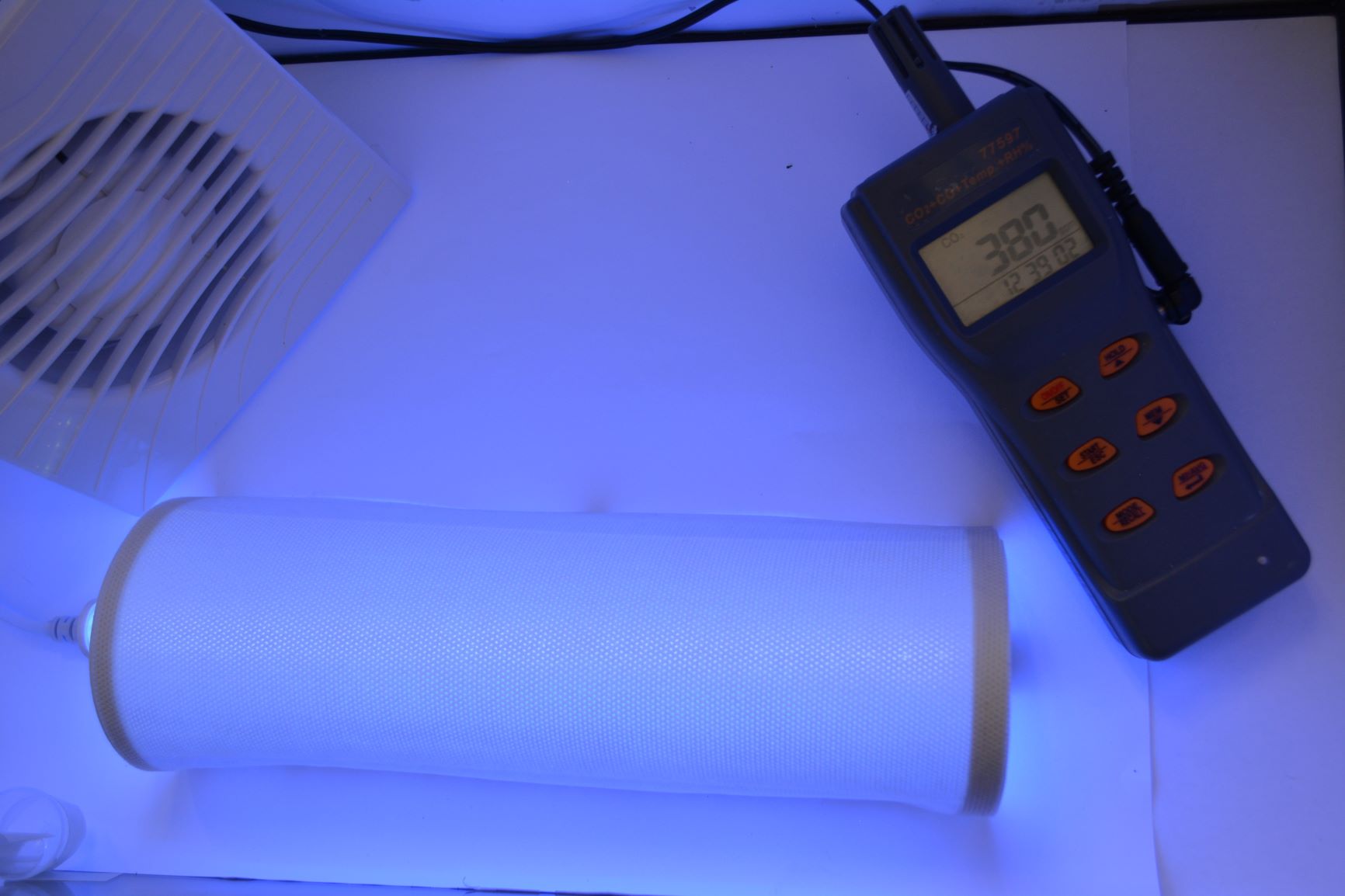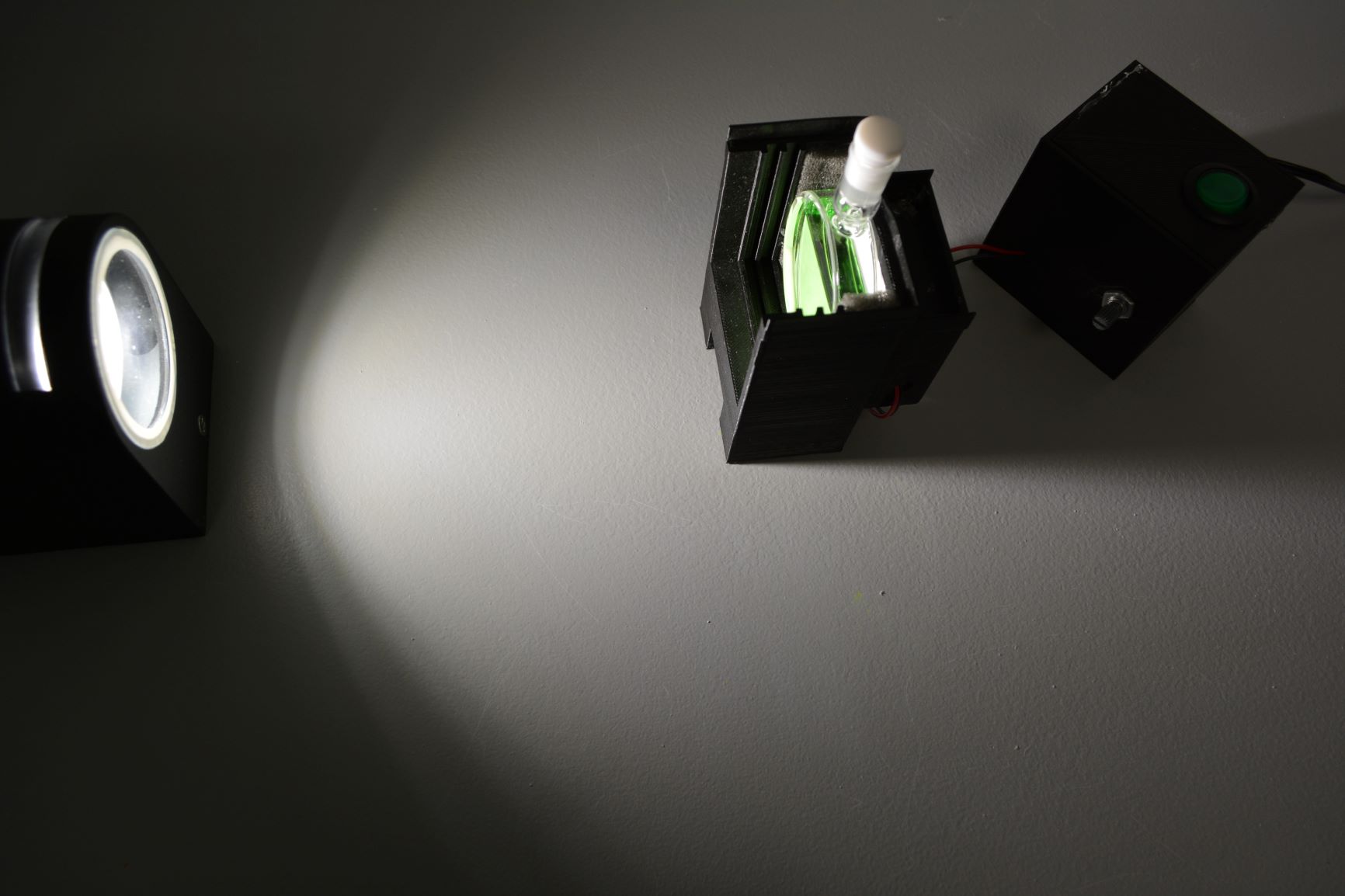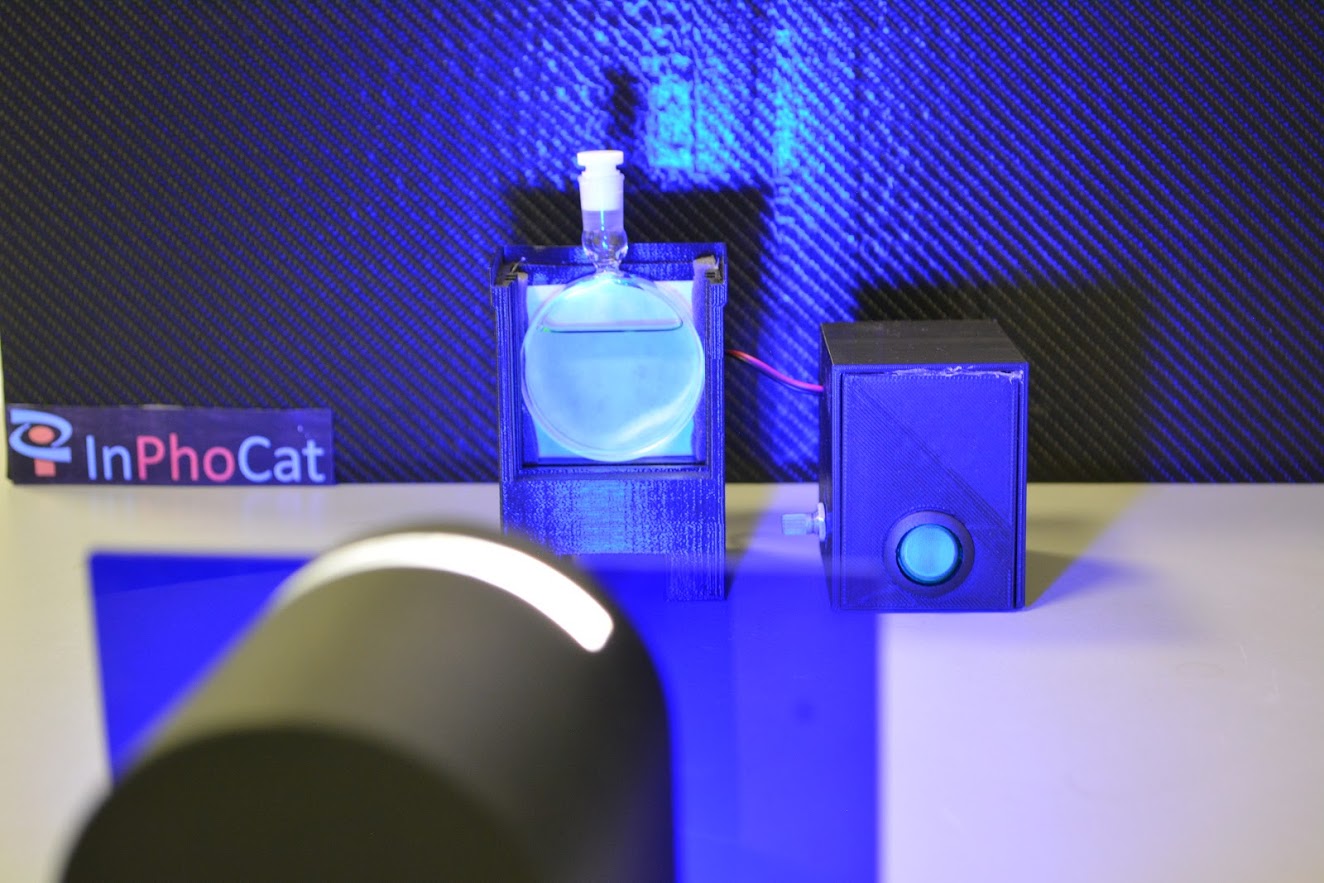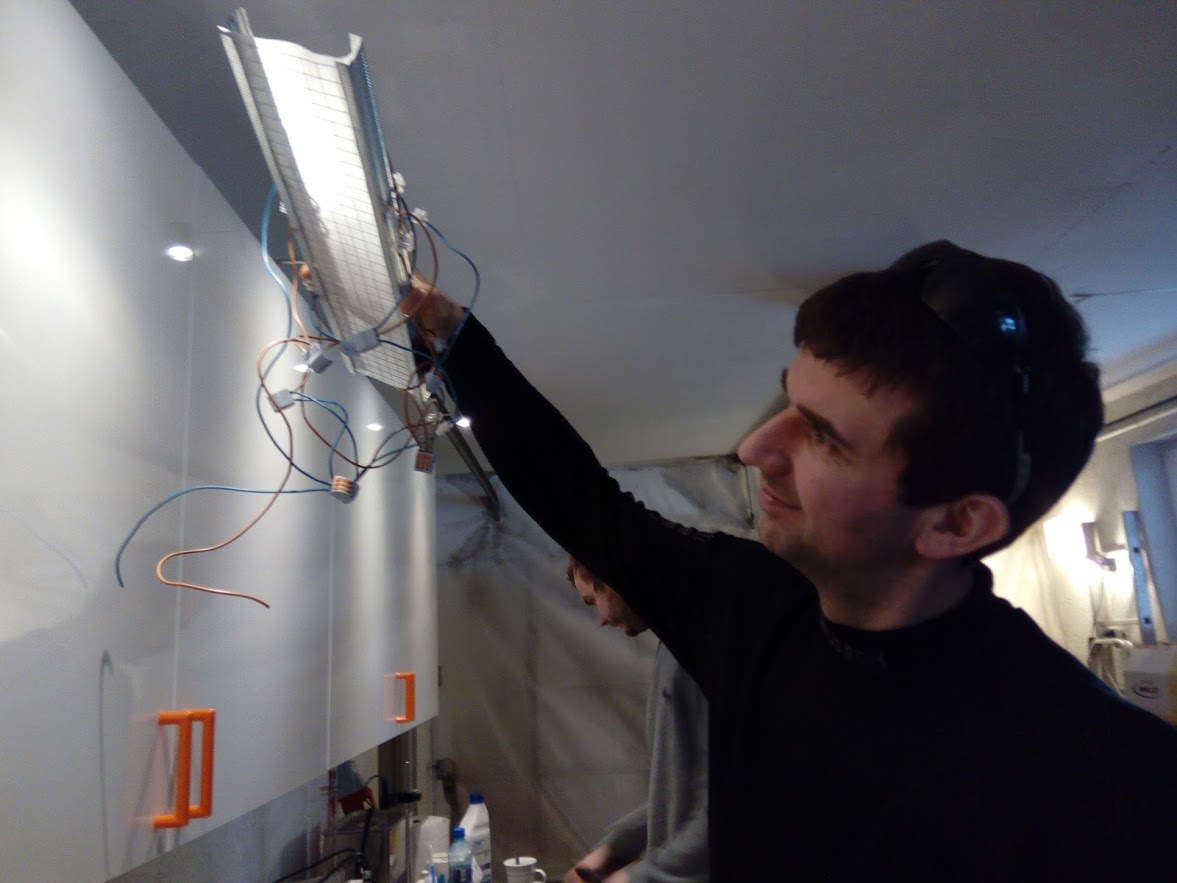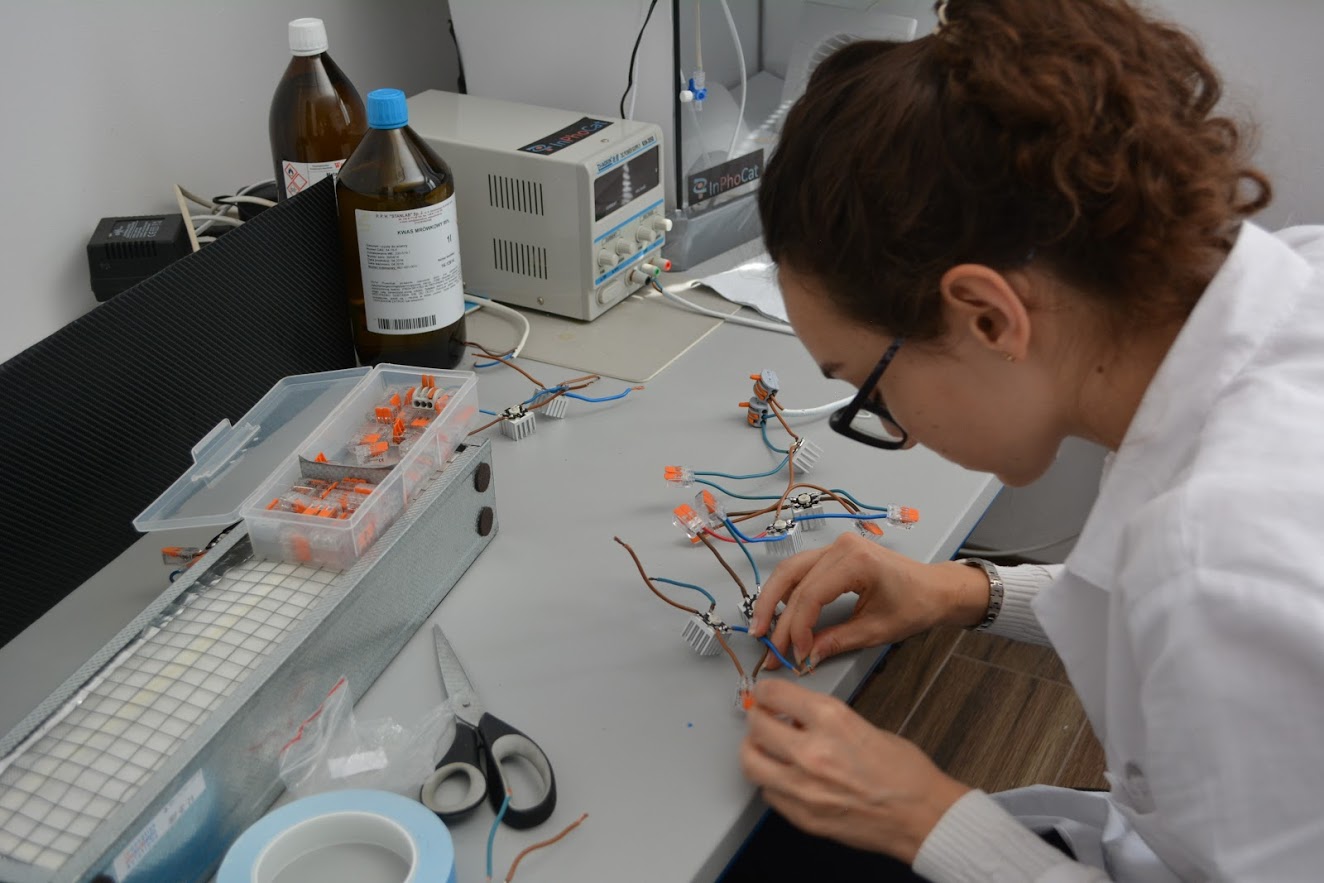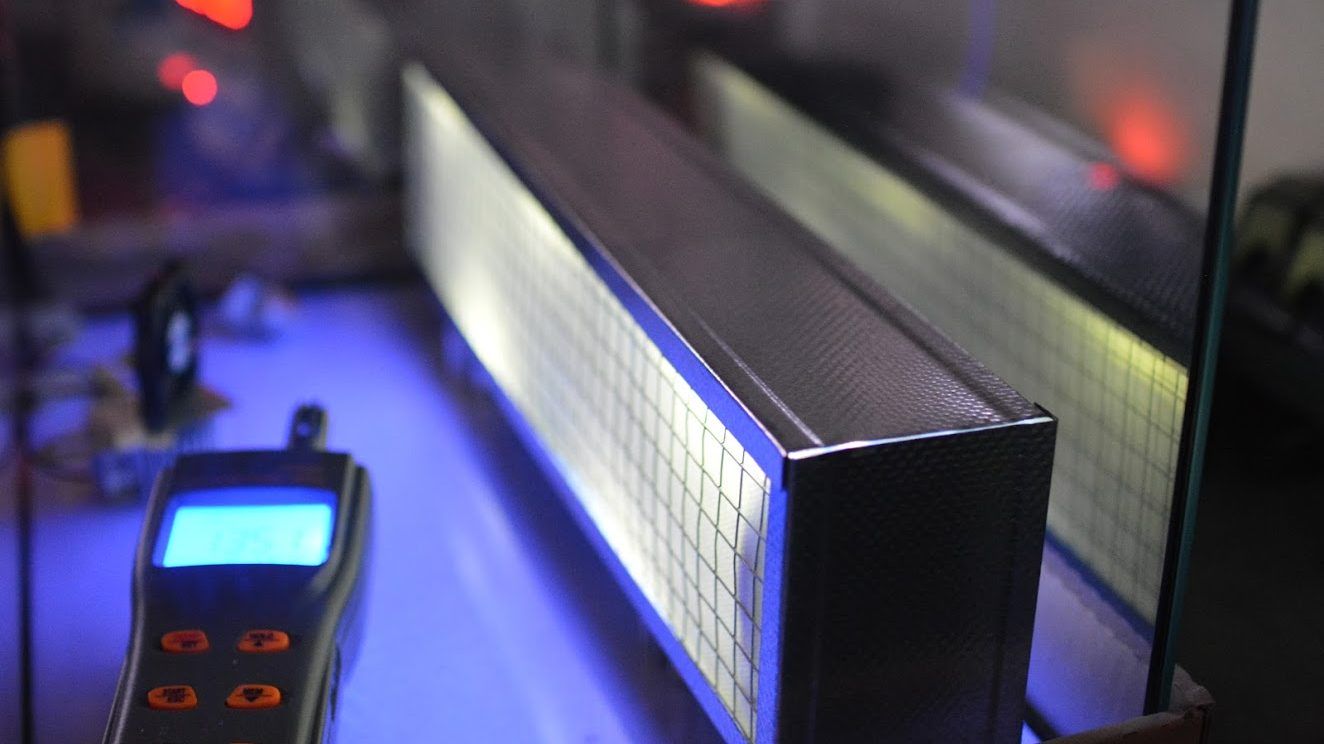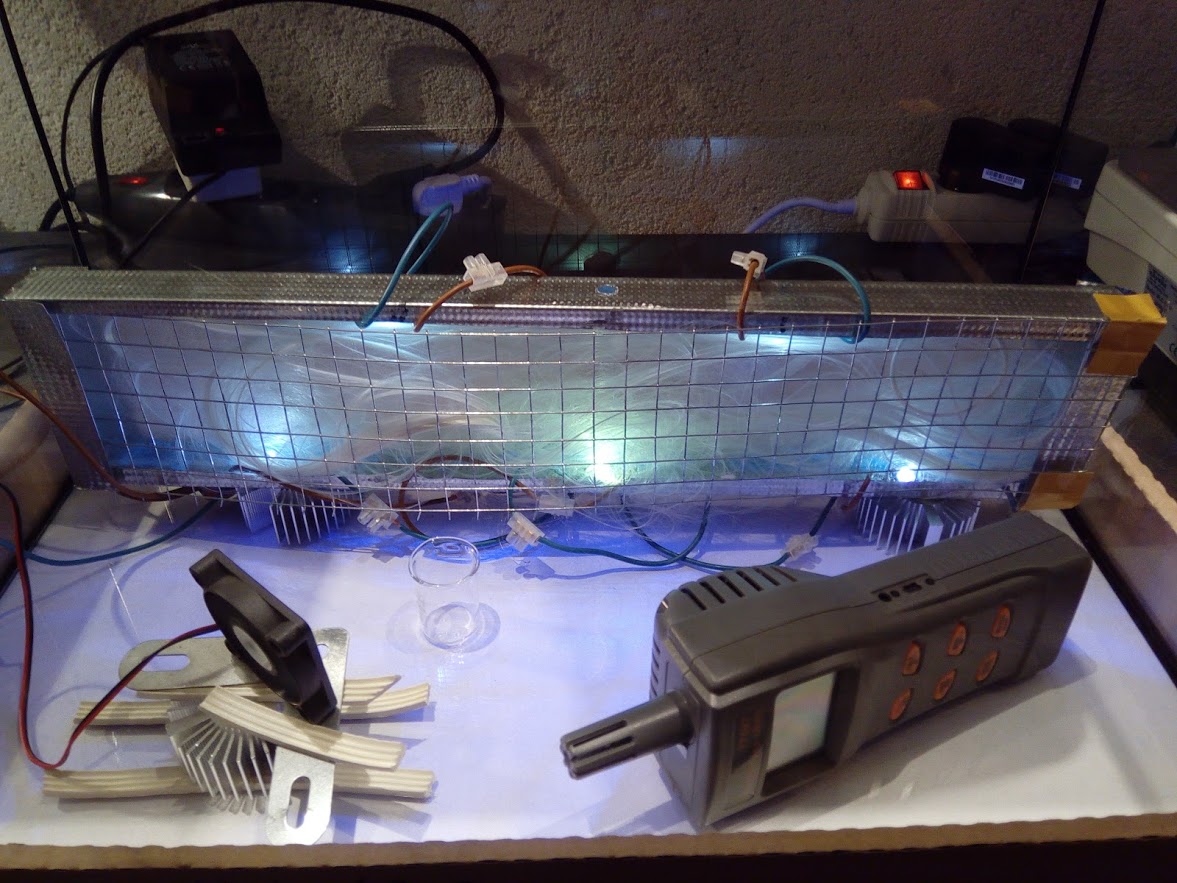Light brings not only information and beauty. For us, chemists, its energy is most important. Light energy can be captured using materials with special properties. Photocatalysis is a process that occurs at the surface of certain photoactive materials. The impulse for development of this branch of research was the discovery of photoinduced water decomposition. The best-studied photocatalytic materials are metal oxides (e.g., titanium or zinc oxides). When irradiated with light of adequate energy, they are capable of generating the so called Reactive Oxygen Species or other reactive radicals. They can facilitate water treatment and many other useful chemical processes, such as artificial photosynthesis. Importantly, oxidation of pollutants under photocatalytic conditions is usually complete, giving H2O and CO2 as the final degradation products. The reactions can, therefore, be used in the processes of water, air or surface purification. Since microorganisms also find the radicals difficult to handle, photocatalysts can efficiently inactivate them.
We have a vast experience in studies of photocatalysts and photocatalytic processes. We design new materials and production of photocatalytic coatings with optimized photocatalytic activity in the selected spectral range. In our laboratories, we also design new devices for photocatalytic decomposition of pollutants in aqueous and gaseous phases (e.g., water and air filters, deodorizing units). We will be happy to help you with adapting photocatalytic processes and technologies to your demands from the prototype testing stage to the final product.
